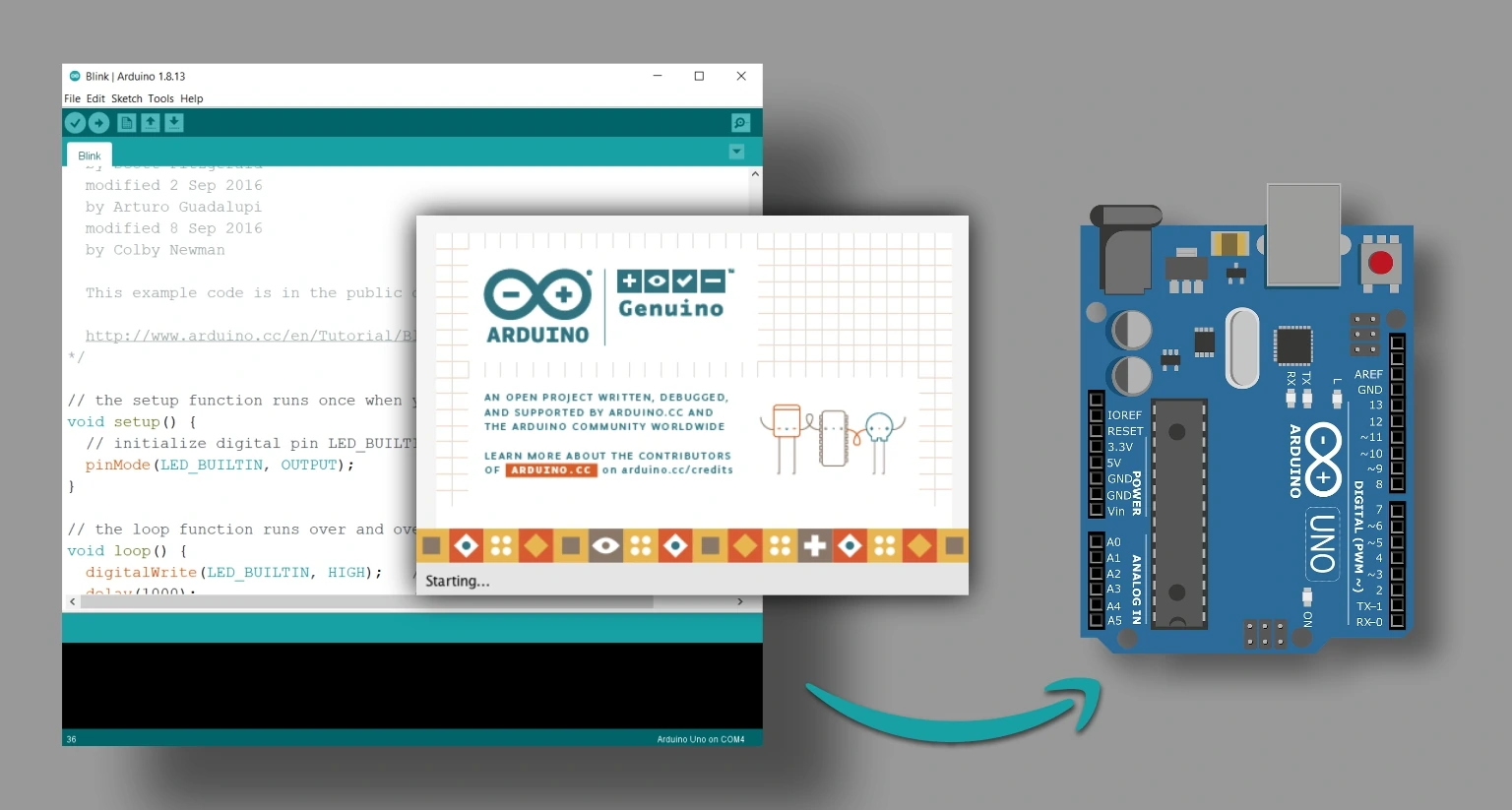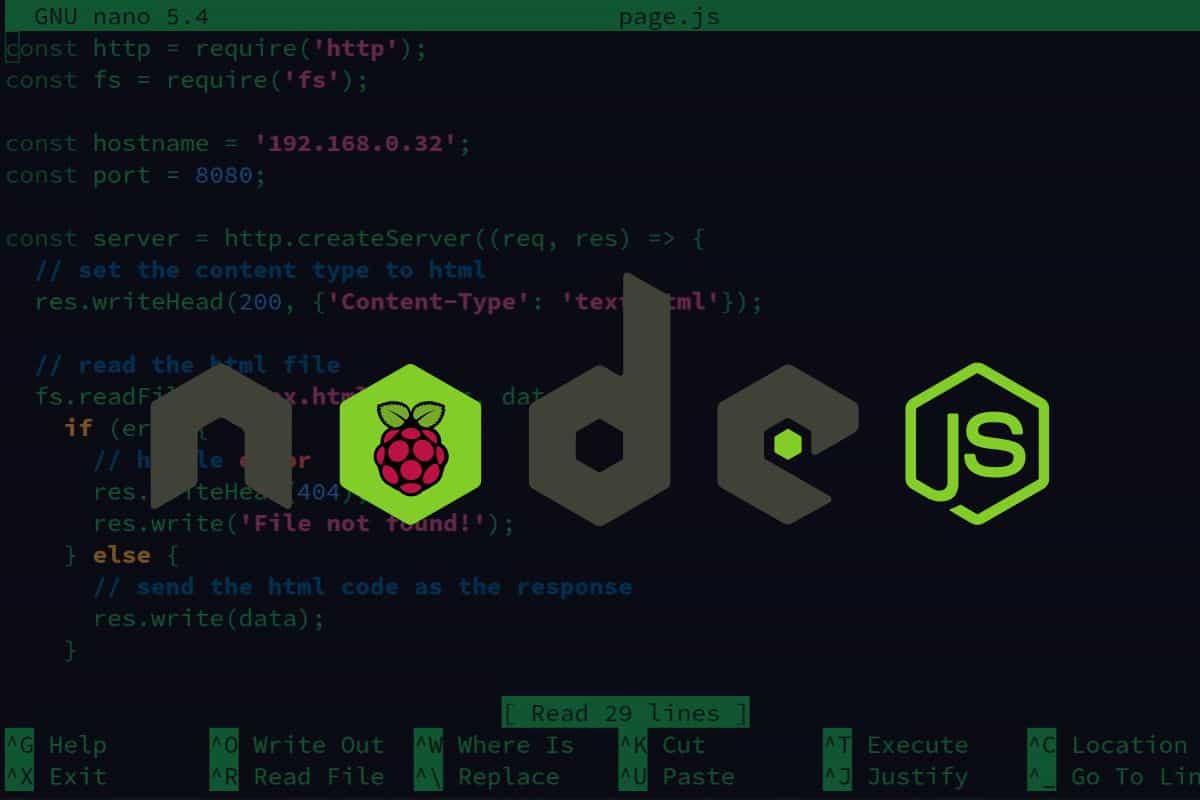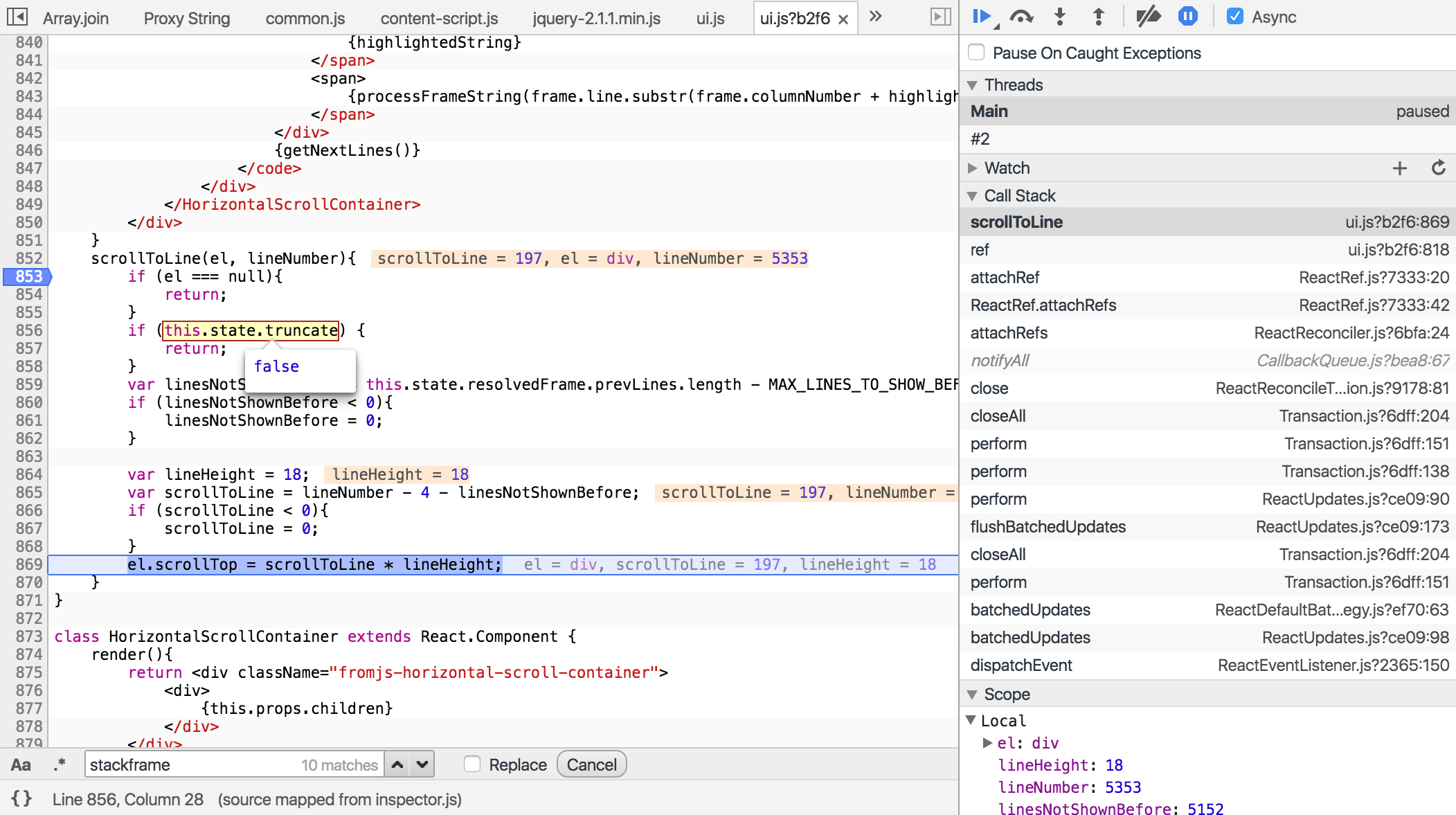Comfy Academy
Robots are programmed using various languages and specialized software. Let's dig in! 👀

This is Michael. He has this amazing idea of a robot 💡

So he assembled a bunch of components needed for the build. There's a Raspberry Pi, a few sensors & motors.

At this point, to make the components come together & perform a useful functionality, we need to do some programming!
The codes will help the components communicate with each other, performing useful functions. This turns a collection of plastic & metals into a real robot! 🤖

One of the most popular programming language. It's simple to learn & easy to write. Most major hardware has support for this language - 9️⃣ / 🔟.

As some of the oldest programming languages, C & C++ have been adapted into the world of robotics. It's a lower level language, meaning harder to learn & use. On highly sostiphicated robotics programs, C & C++ can provide greater performance compared to Python. However, for most projects, the difference is negligible. 7️⃣ / 🔟.

Other programming languages like Javascript & Go are traditionally used for software development like apps, websites, etc. However, they have been adapted to robotics development recently. Personally, I believe there's little benefit unless you have existing understanding of the languages. 5️⃣ / 🔟

Python and C are industry-standard and amazing, but as general-purpose languages, they need some programming know-how to get started.
They're not specifically optimized for robotics development.
This often means writing 20+ lines of code just to build simple robots with 1-2 components. The complexity can deter people from exploring robotics and makes collaboration tricky since the code can be hard to read.

That's why we are creating ComfyScript, a scripting language made for programming robots!
Programming robots as simply as speaking English 🗣️
ComfyScript is a language dedicated to make it crazy simple for beginners to program their robots. Every component in a robot (LED, motors, sensors, camera, etc.) can be controlled with 1 line of code.

Oh yes, there's also AI!
Thanks for reading through to the end. ComfyScript has been my brain child for a long time & I really hope it makes robot programming more accessible.

Join us to discuss about robotics or provide feedback!